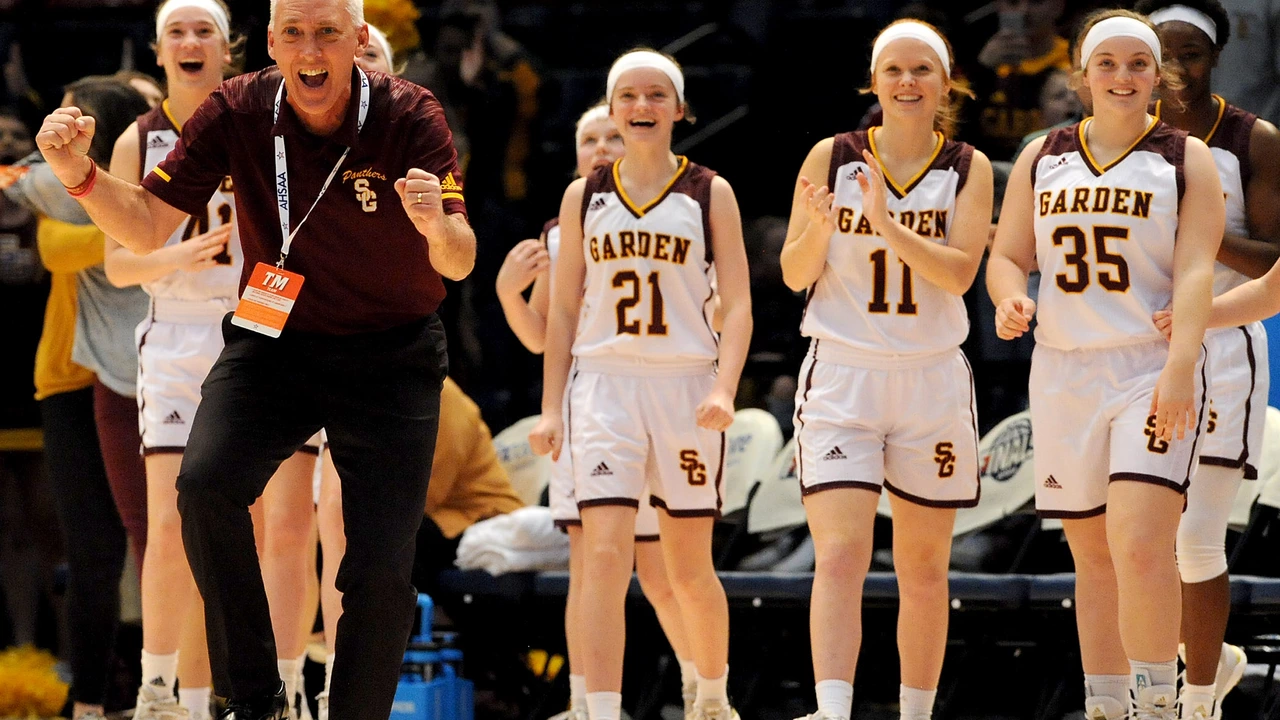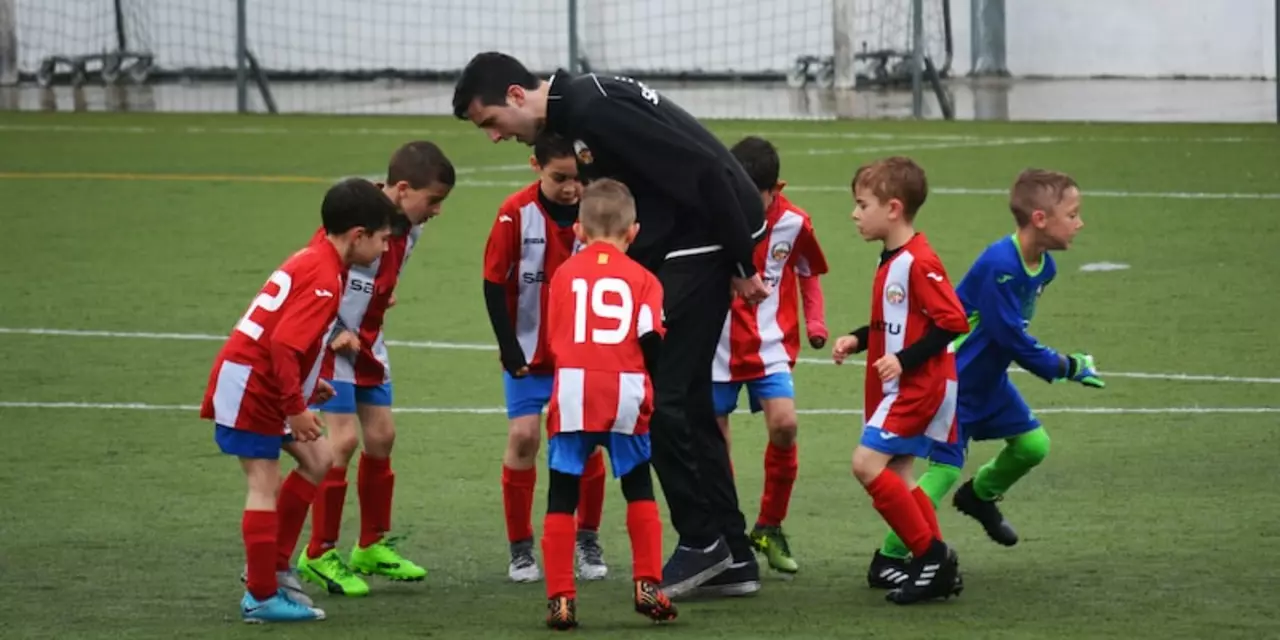High School Basketball: Real Tips to Boost Your Game
Want to dominate on the court while still keeping up with classes? High school basketball is a mix of skill, hustle, and smart choices. Below you’ll find the basics you can start using today, whether you’re a sophomore looking to earn a starting spot or a junior hoping to get noticed by college scouts.
How to Improve Your Skills Fast
First off, focus on the fundamentals. Spend 15 minutes each day dribbling with both hands—use cones or just imagination to weave around defenders. Consistency beats occasional long sessions, so keep it short and daily.
Next, shooting. Set a goal of 100 shots from various spots each practice. Start close, hit a rhythm, then step back. The key is to finish every set with the same form you’d use in a game. If you can nail a quick release under fatigue, you’ll be a threat when the clock’s winding down.
Don’t ignore defense. Good defenders force turnovers and make their teammates look better. Practice sliding laterally, keeping your hips low, and always staying between your man and the basket. A simple drill: partner up, have one player attack the basket while the other mirrors every move without crossing the feet. Over time you’ll develop the footwork that coaches love.
What Coaches Look for on the Court and Off It
Coaches value hustle more than any single skill. Show up early, bring your own water bottle, and be the first to help set up drills. That kind of attitude often earns extra minutes even if your stats aren’t the flashiest yet.
Game IQ matters too. Learn the playbook inside out—know where each screen should be, when to cut, and how to read the defense. During a timeout, ask a quick question about a specific situation. It shows you’re engaged and willing to improve.
Off the court, keep your grades solid. Many high schools require a minimum GPA to stay eligible, and college recruiters check academic records. Balancing study time with practice can feel tight, but a simple schedule—practice after school, study an hour before dinner—keeps things smooth.
Finally, injury prevention. Warm up with dynamic stretches—leg swings, arm circles, and light jogging. Finish each session with static stretches to keep muscles flexible. If you feel any pain, don’t push through it; talk to the trainer right away.
Putting these habits together gives you a solid edge. You’ll be faster, shoot better, defend tighter, and earn the respect of coaches and teammates. Remember, high school basketball isn’t just about the next game; it’s about building the habits that will carry you to college ball or a lifelong love of the sport.

